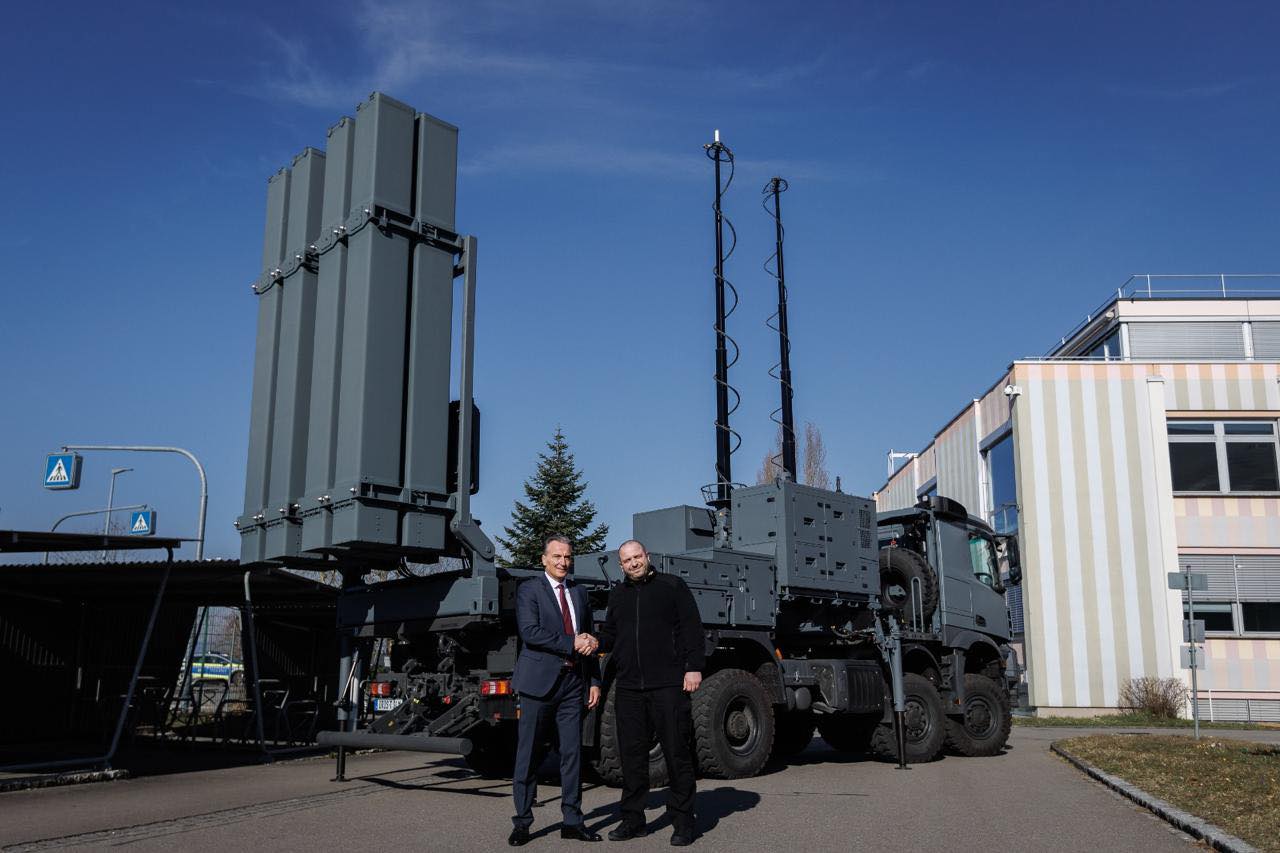The government has approved a decision to allocate 153.3 million UAH for the restoration and modernization of the water supply and wastewater system in Mykolaiv. These funds will be provided within the framework of the Grant Agreement between Ukraine and the European Investment Bank, which was ratified in 2019 and extended this year. The project will contribute to ensuring uninterrupted water supply services to the residents of Mykolaiv.
"We are directing funds primarily to critical infrastructure. Restoring basic services in communities is a priority for the Ministry. This enables us to bring back normal life to regions, especially those affected by Russia's armed aggression. It's also important for us to ensure clear and transparent distribution of funds from our international partners. In total, the Grant Agreement provides support for Ukraine in the amount of over 5 million euros," emphasized Vice Prime Minister for Ukraine's Recovery and Minister of Community Development, Territories, and Infrastructure of Ukraine, Oleksandr Kubrakov.
The Ministry of Infrastructure will be the grant fund administrator, and the project will be executed by "Mykolaivvodokanal."
The European Investment Bank is one of the largest donors to Ukraine. Currently, the portfolio of projects implemented by the EIB in collaboration with the Ukrainian government, municipal sectors, and businesses exceeds 7 billion euros. In June 2023, on the sidelines of the Ukraine Recovery Conference in London, Vice Prime Minister for Ukraine's Recovery and Minister of Community Development, Territories, and Infrastructure of Ukraine, Oleksandr Kubrakov, and the President of the European Investment Bank, Werner Hoyer, signed a Memorandum of Understanding regarding cooperation in Ukraine's recovery projects.
In 2023, approximately 840 million euros are expected to be allocated for the implementation of priority infrastructure recovery projects in Ukraine. These funds will be directed towards the preparation, assessment, financing, and implementation of:
- Municipal infrastructure (schools, hospitals, etc.),
- Public buildings with a focus on energy efficiency,
- Water supply and wastewater infrastructure,
- Transport networks and urban public transportation





















